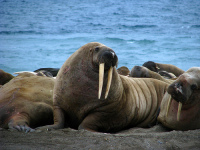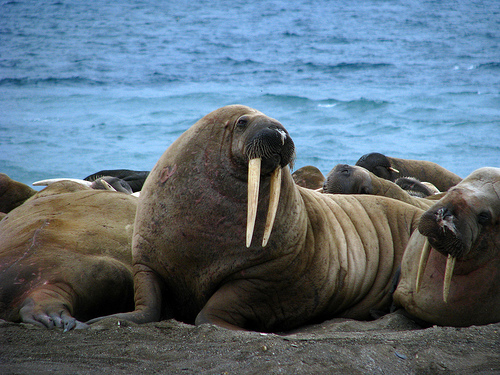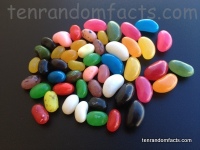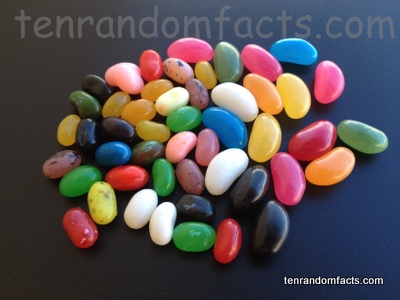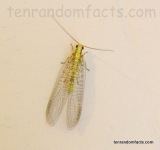
Have you seen the lacy wings of green lacewings?
- Green lacewings are a family of insects, that contains approximately 85 genera and up to 2,000 species, and are most common in North America and Europe, although they are also found on other continents.
- ‘Green lacewings’ are also known as ‘lacewings’ and ‘common lacewings’, and are known as such due to their delicate wings.
- Green lacewings have the scientific family name of Chrysopidae, and the family is broken down into three subfamilies.
- Green lacewing bodies and their veined wings are typically luminous green to brown in colour, and they often have copper or gold coloured eyes.
- Green lacewings have a wingspan that spreads 0.6 to 6.5 centimetres (0.2 to 2.6 inches) and have a body that is generally between 1 to 2 centimetres (0.4 to 0.8 inches) in length.
- Green lacewings are typically active from dusk to dawn, and their diet mainly consists of small insects such as aphids, and depending on the species they also consume nectar, pollen and honeydew.
- Green lacewings have larvae that are often a brown colour, with sometimes a humpy or sticklike appearance, and they primarily eat aphids and are therefore often known as ‘aphid lions’.
- Green lacewings lay eggs, numbering between 100 to 200 at a time, that are held onto leaves by short, centimetre long threads.
- Green lacewings have been used to control aphid and other insect pest populations, and are often dispersed as eggs for this purpose.
- Green lacewings communicate using vibrations that they make with their body, and they can release an unpleasant odour when threatened.
Bibliography:
Chrysopidae, 2014, Wikipedia, http://en.wikipedia.org/wiki/Chrysopidae
Green Lacewing, 2014, BioKids, http://www.biokids.umich.edu/critters/Chrysopidae/




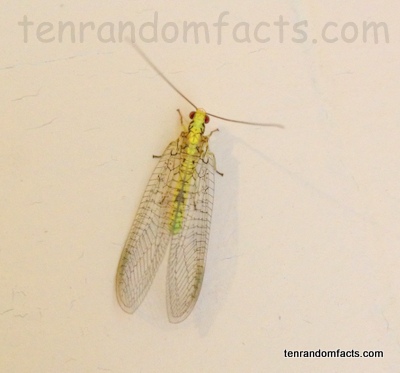
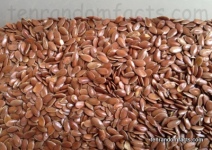
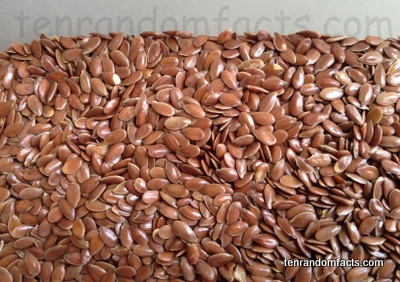

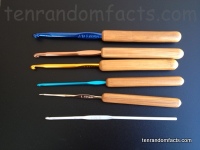



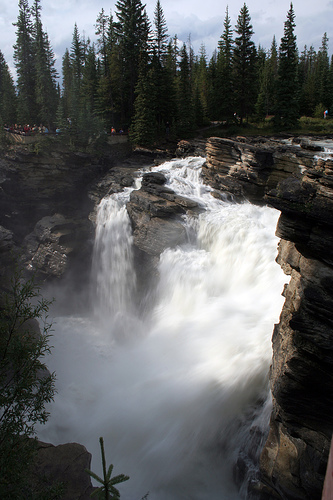 Athabasca Falls
Athabasca Falls